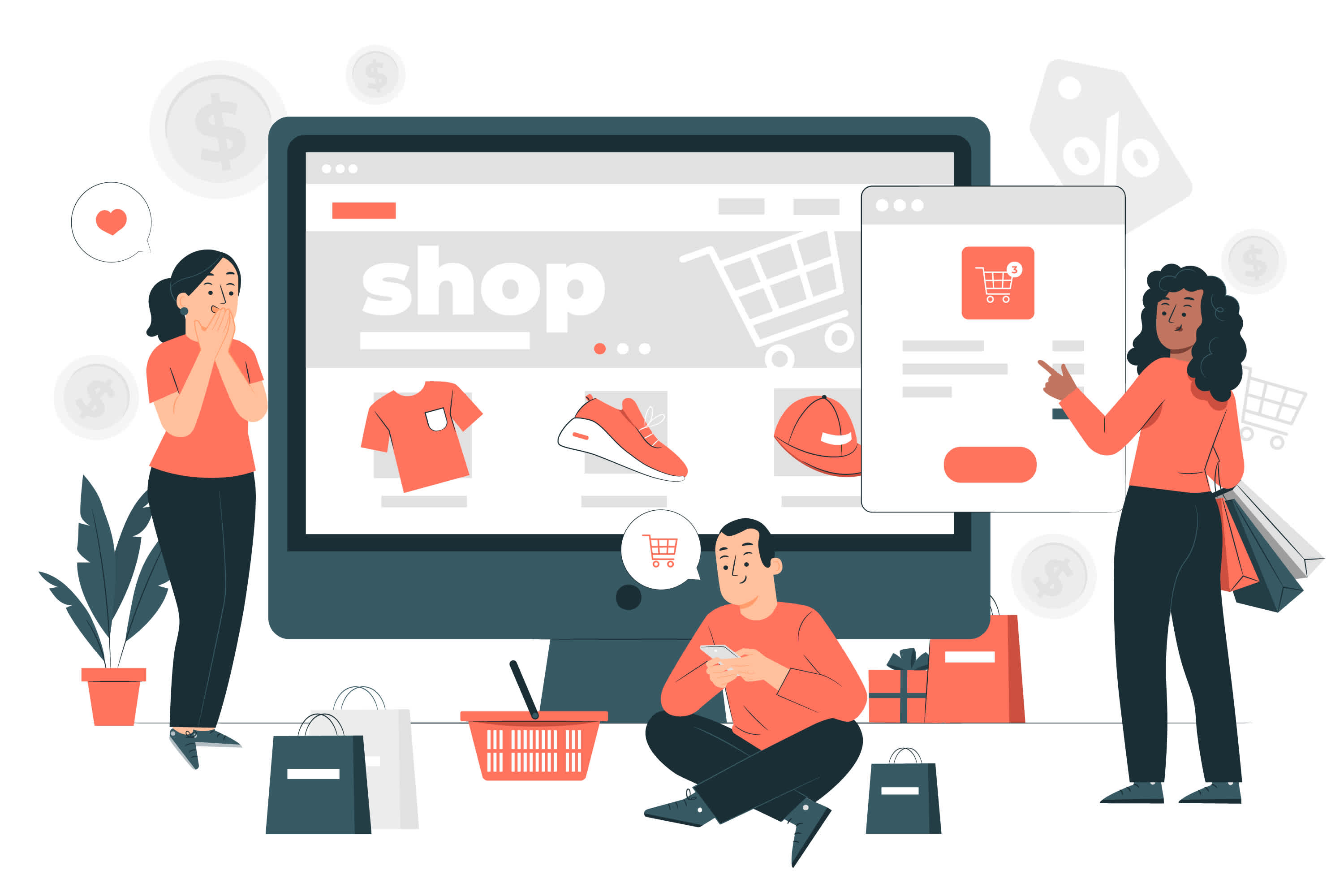What to Know Before Going Global With Your E-Commerce Business
ByJulian Gette
Workast publisher

Workast publisher
Global expansion sounds like the dream of every e-commerce business owner. You get more customers, more markets, and more growth. But before you switch your store’s shipping settings to “worldwide,” know that taking your business global isn’t something that happens overnight – or without a plan.
Whether you have maxed out your local market or just want to expand to the global one, there is a lot to consider before you make that leap. Skipping the preparation stage can cost you time, money, and customer trust.
So, here’s a checklist to keep your international e-commerce dreams from turning into a nightmare:
Before you start shipping worldwide, pause and ask yourself:
Where are your potential customers located?
What platforms do they shop on?
Do they trust online stores?
Are they more likely to use credit cards, cash on delivery, or digital wallets?
Buying behavior isn’t universal. People in Southeast Asia, for example, rely heavily on mobile commerce and social media integrations. Meanwhile, consumers in Europe might be more focused on privacy, data security, and product origin.
To avoid flying blind, use tools like Google Analytics to run small geo-targeted campaigns and gather real-time data. Also, check out the competitors in your target regions. You should look into what platforms they are using and how they market.
Localization goes way beyond just translating your website into Spanish or French. True localization means adapting your site content, product descriptions, and even checkout to make sense culturally and linguistically.
Focus on:
Language. Your product descriptions and UI text should be professionally translated and not auto-generated.
Visuals. Images, colors, and even emojis can hold different meanings across cultures, so keep this in mind.
Messaging. Double-check product names, slogans, and taglines to avoid accidental offense or confusion.
Localization also involves tweaking your checkout process, adapting units of measurement (for example, kg vs. lb), date and time formats, and even holiday promotions to match local norms.
International shipping comes with its own set of challenges. You can’t just put a label on a box and call it a day.
You have to be careful about:
Customs regulations
Duties and taxes
Packaging requirements
Shipping timeframes
Also, different countries have completely different zip code formats, so you’ll need to make sure you get the international zip code formatting right. A type or mislabeling can literally send your shipment to the wrong side of the world.
To avoid that, your checkout page should validate zip codes based on the country to avoid any issues.
Also, consider working with a third-party logistics (3PL) provider that specializes in international growth and deliveries. They know the ins and outs of customs paperwork and can reduce your delivery times significantly.
Stripe and PayPal aren’t always everyone’s first choices. Depending on the region, some might prefer Alipay, Skrill, or even cryptocurrency.
Depending on where your customers are, you will need to accommodate them. Some popular payment options in different countries are:
PayPal in the United States
Alipay or WeChat in China
Boleto in Brazil
Sofort in Austria
When customers don’t see their preferred payment method at checkout, they might decide to just leave. So, make sure your payment processor supports regional preferences and currencies.
Going global means getting customers from across time zones, languages, and expectations. To handle them, you need localized support.
If you’re offering international shipping, you should be ready to provide customer service that speaks their language.
Good customer service is a huge part of building and maintaining customer relationships, so if you can’t afford 24/7 support in multiple languages, consider:
Using a chatbot that supports multiple languages.
Hiring remote support agents based in different countries.
Offering a comprehensive FAQ section or help center for regional concerns.
The goal is to make customers feel like they’re being heard in their language and on their time.
Every country has its own rules for e-commerce. Make sure to look into:
Consumer rights
VAT/GST registration
Data protection laws
Import and export licenses
Product labeling and compliance
Return policies
Don’t just assume what works in your home country will work everywhere else. For example, in Europe, customers have the legal right to return most goods within 14 days – no questions asked.
You can’t afford to miss these things. So, it’s worth investing in legal counsel or hiring a compliance consultant if you’re entering a complex international market.
What works in your home market might not work that well, or at all, internationally.
To connect with new audiences, you will need to:
Adapt your content. Create localized campaigns, blog posts, and product pages with regional tone, slang, and cultural references.
Use local influencers. Partnering with influencers from your target countries can help add credibility.
Adjust your SEO. Use international SEO best practices, including local keyword research and country-specific domain structures.
The best move is to start small. Test one region or language at a time, and learn what works best.
Now that you know what to do and how to prepare before going global with your e-commerce business, here are a few things to NOT do:
Launching in too many countries at once.
Skipping legal research.
Assuming English is “enough.”
Using the same marketing copy for every region.
Offering the same return policy, regardless of regional laws.
Take things slow, no matter how excited you may feel. Test and adapt your strategies.
Expanding your e-commerce business globally sounds exciting, and it is, but it also comes with new layers of complexity. More growth brings more challenges as well.
You can’t just change your shipping settings to “worldwide” and hope for the best. Do your research, take it step by step, build a team that knows what they’re doing, and use tools that help you stay organized.
Always keep your customers’ local experiences in mind. With the right preparation, your brand could become a global name in no time.
